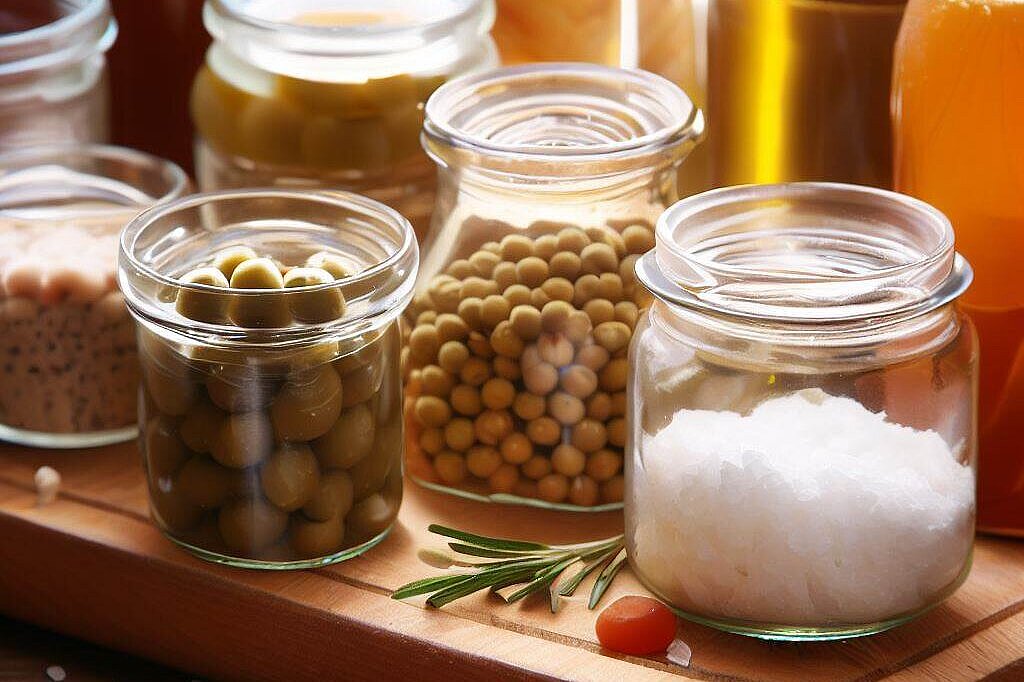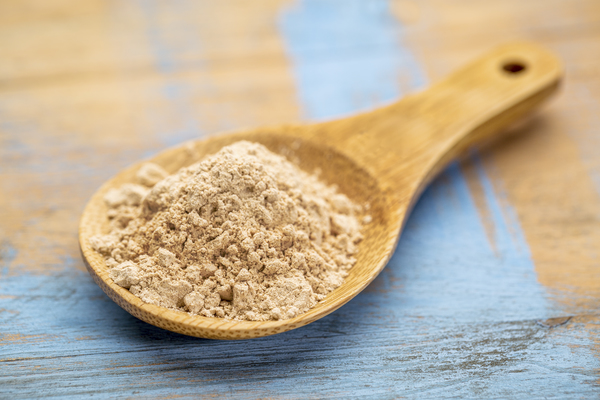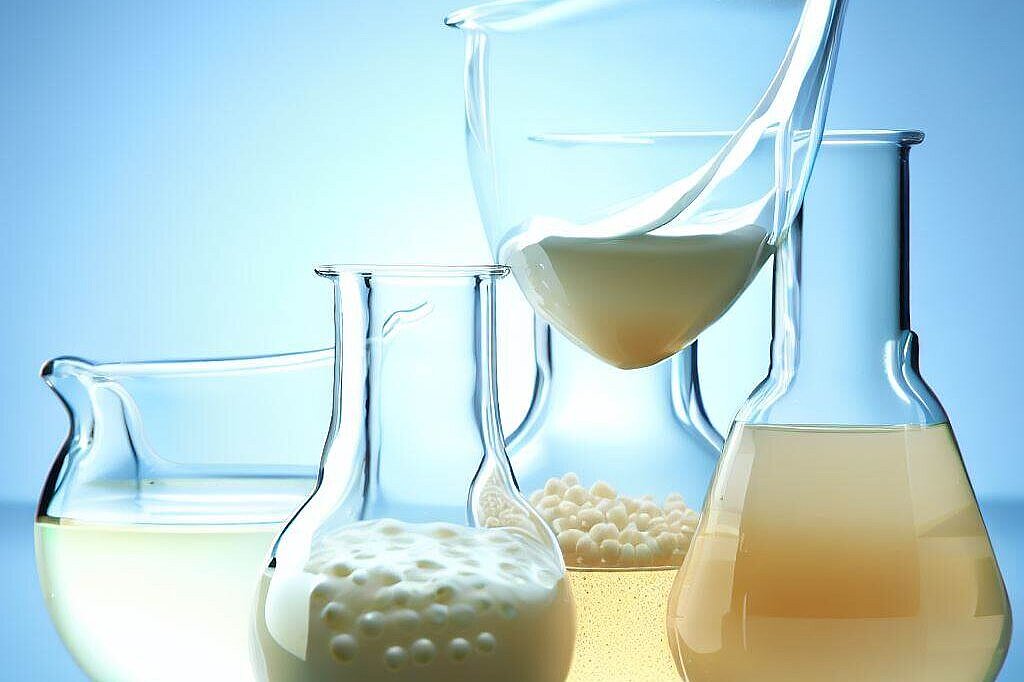artificial additives

In addition to natural ingredients such as meat, vegetables and cereals, dog food can also contain artificial additives. These are intended to make the food more durable, tastier or more colorful. But are they healthy for your four-legged friend? In this article, you will find out what artificial additives are, what advantages and disadvantages they have and what you should look out for when buying dog food.
What are artificial additives?
Artificial additives are substances that are added to dog food to improve or change certain properties. They have no nutritional function and are usually only used to improve the appearance, taste or shelf life of the food. Artificial additives include, for example
- Colorants: they are intended to make the food more attractive to the eye or to compensate for natural color loss. Examples are E 102 (tartrazine), E 110 (yellow-orange S) or E 124 (cochineal red A).
- Preservatives: They are intended to protect the food from spoiling and extend its shelf life. Examples are E 200 (sorbic acid), E 202 (potassium sorbate) or E 250 (sodium nitrite).
- Flavor enhancers: They are intended to make the food more palatable or mask unpleasant tastes. Examples are E 621 (monosodium glutamate), E 627 (sodium guanylate) or E 631 (sodium inosinate).
- Antioxidants: They are intended to protect the food from rancidity and maintain its quality. Examples are E 300 (ascorbic acid), E 320 (butylhydroxyanisole) or E 321 (butylhydroxytoluene).
What are the advantages of artificial additives?
Artificial additives have several advantages for dog food manufacturers and consumers. For example, they can
- reduce costs by allowing them to use cheaper raw materials or produce less food.
- make storage easier by extending the shelf life of the food or protecting it from pests.
- increase acceptance by making the feed more appetizing or more varied.
What are the disadvantages of artificial additives?
Artificial additives also have some disadvantages for your dog's health and well-being. For example, they can
- Trigger allergies by irritating or overwhelming the immune system.
- Cause intolerances by disrupting digestion or burdening the kidneys.
- Promote diseases by damaging the liver or causing cancer.
What should you look out for when buying dog food?
If you want to give your dog a good food, you should pay attention to a few things:
- Read the ingredients list carefully and avoid food with lots of artificial additives. The more natural the food is, the better it is for your dog.
- Pay attention to the quality of the ingredients and choose food with a high meat content and without sugar or grain.
- Compare prices and don't be fooled by cheap offers. Good food has its price, but it is worth it for your dog's health.
Artificial additives in dog food are not necessarily harmful, but they are not necessary either. They can do your dog more harm than good.
Properties 2
Are you looking for other ingredients with a specific property?
Just click on them to find more.
If you notice any signs of hypersensitivity or poisoning in your dog, you should see your vet immediately. We are not a substitute for a vet, but we try to be as accurate as possible. Every dog reacts differently and we recommend you get a second opinion or consult your vet if in doubt.
Stay healthy and take good care of your four-legged friend!😊
Similar to artificial additives
Preservatives are substances that prevent or delay the multiplication of microorganisms such as bacteria, fungi or yeasts. They are often added to foods to protect them from spoiling and to maintain...
Colorants are substances that give a product a certain color. A distinction is made between natural and artificial colorants. Natural colorants come from plants or animals and are usually referred...
Flavor enhancers are substances that enhance or change the taste of food. They are often used to make bland or cheap ingredients more palatable. Flavor enhancers can be of natural or artificial...
Emulsifiers consist of molecules that are both water-loving and fat-loving. This means that they can combine with both water and oil. As a result, they form a kind of bridge between the two liquids...



